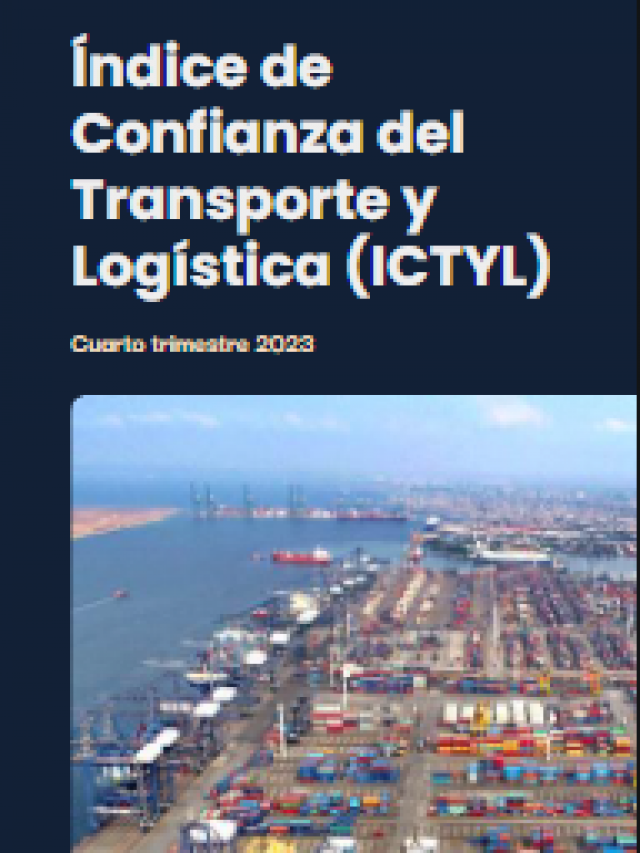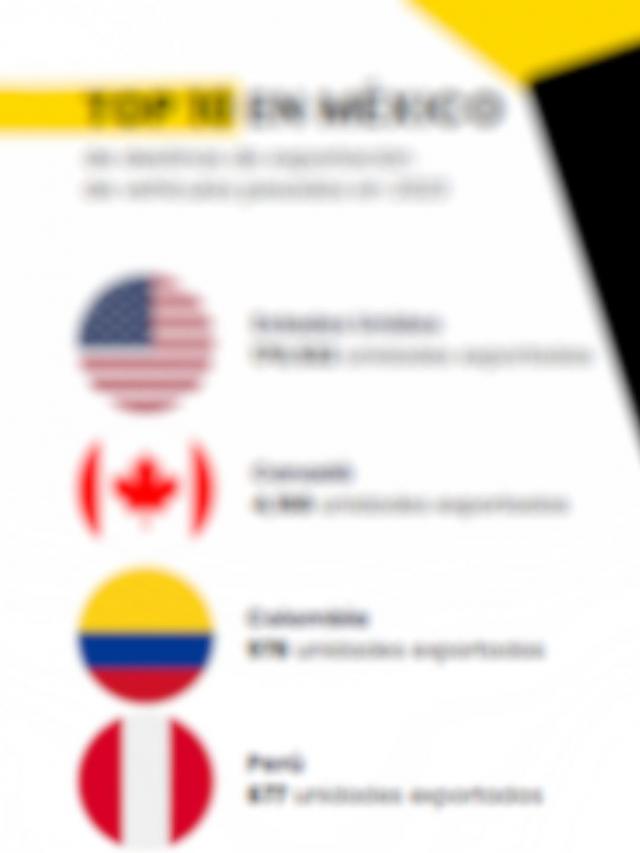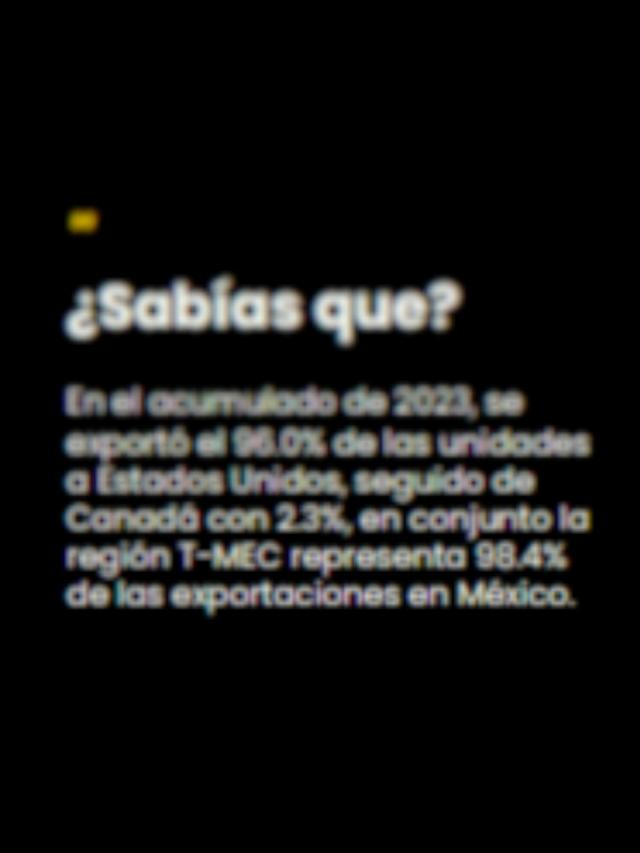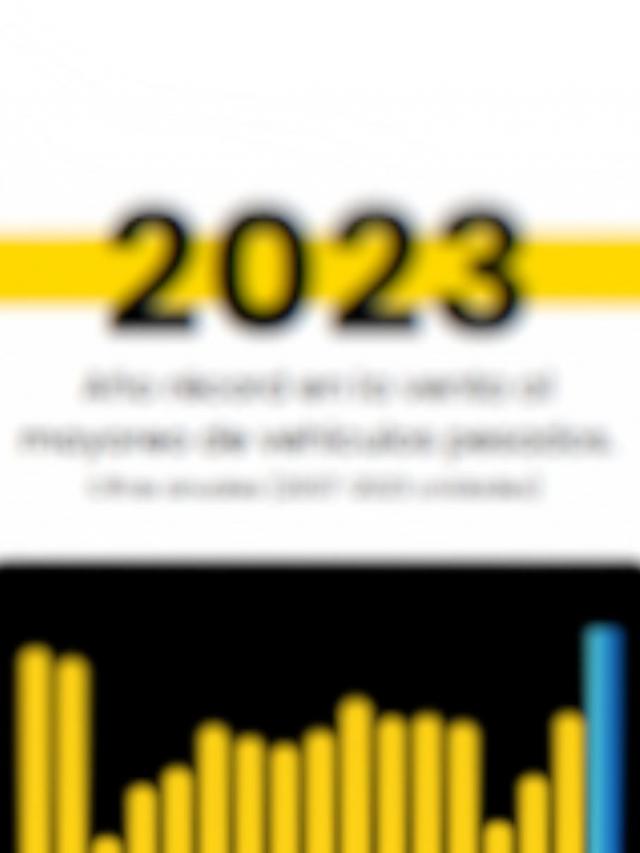
TIJUANA, BC – It’s no easy feat; it’s almost an art, where every part has a place and every second counts. Manufacturing a tractor-trailer in Mexico goes far beyond assembly; it involves coordinating thousands of components, suppliers spread across different countries, and customs routes with precision.
Everything happens under constant pressure, where any error can bring the supply chain to a standstill. In the Cali-Baja region , this complexity is multiplied: here, the automotive supply chain is forced to react with surgical precision in an environment that changes daily.
During the second day of the Transport and Logistics Meeting (ETYL) CALI-BAJA , at 9:30 a.m. the panel ” Automotive Logistics ” began.
At that hour, attendees were preparing to hear firsthand from those on the operational front facing one of the country’s greatest logistical challenges : moving, supplying, and delivering custom-made heavy vehicles from Mexicali to the rest of Mexico, the United States, and Latin America.
Five key industry voices discussed the operational complexity of moving cargo vehicles. On stage were Alfonso Millán, Operations Manager at Mexlog ; Rodrigo Treviño and Javier Valadez, Director of Purchasing and Supply and Director of Operations at PACCAR México , respectively; Carlos Ceballos, President of SDL Group ; and Didier Ramírez, Editorial Director of Grupo T21 , who also moderated the panel.
They all shared a common conclusion: automotive logistics requires precision and strategic vision . The conversation quickly turned technical. Treviño opened with a statement:
“Each truck has nearly two thousand parts. Our plant produces eight different models, with five emission levels, and serves markets from North America to the Andean region. The complexity isn’t just geographical; it’s systemic,” he explained.
PACCAR operates under the build-to-order model , meaning each truck is produced by name and surname, according to the customer’s order. Treviño explained that they currently produce 65 units per day from Mexicali, although in 2024, a record year, they will reach 83 .
“Seventy percent of the components we use come from the United States and Canada. That leaves us with just 17 days of visibility for our suppliers to react,” Treviño explained. This critical window includes the average four days of land transit to the border.
He indicated that to manage such a large-scale operation, the plant relies on a last-mile strategy and key logistics alliances.
Carlos Ceballos, for his part, illustrated the point with an eloquent metaphor: “We must be like Mr. Elastic from the Fantastic Four movie. Expand, contract, adapt to change. It’s not just about receiving and delivering material; it’s about managing uncertainty every day.”
Alfonso Millán of Mexlog described the growth his company has experienced: from moving two thousand units a year three decades ago, today they move a thousand per day.
“Mexlog was born to solve the problem of moving trucks across the country. Today we work with Kenworth, Freightliner, International, Volvo, and also light vehicles like the Tacoma and Bronco,” he said.
Its operation includes the use of godmothers and the transfer of units in three- and four-horn configurations, in addition to alliances with companies that provide artificial intelligence monitoring services for its nearly 800 operators.
Millán also highlighted the implementation of driving simulators and a 24/7 monitoring system.
“Our method is simple: 1-2-3 every day. If you don’t systematize your operation, you end up putting out fires all the time,” Millán reflected.
PACCAR’s Javier Valadez emphasized that the company is not only committed to electric technology , but also to decarbonizing its operations.
“We need to stop thinking only about electrification. The real challenge is decarbonization. And that involves efficiency, emissions reduction, and redesigning supply chains,” said Valadez.
In this regard, he noted that an electric vehicle can have up to 40% fewer components than an internal combustion engine, which requires significant logistical adjustments.
The panelists agreed that the future of automotive logistics will depend on the sector’s ability to adapt to an increasingly regulated, demanding, and competitive environment.
Committing to regional content, traceability, regulatory compliance, and technological solutions is no longer optional, but a prerequisite for remaining in the market. Operational flexibility, precision in every movement, and the commitment of logistics teams are consolidated as pillars of a business model tailored to the client and with no room for error.
Comment and follow us on X: @karinaquintero / @GrupoT21















